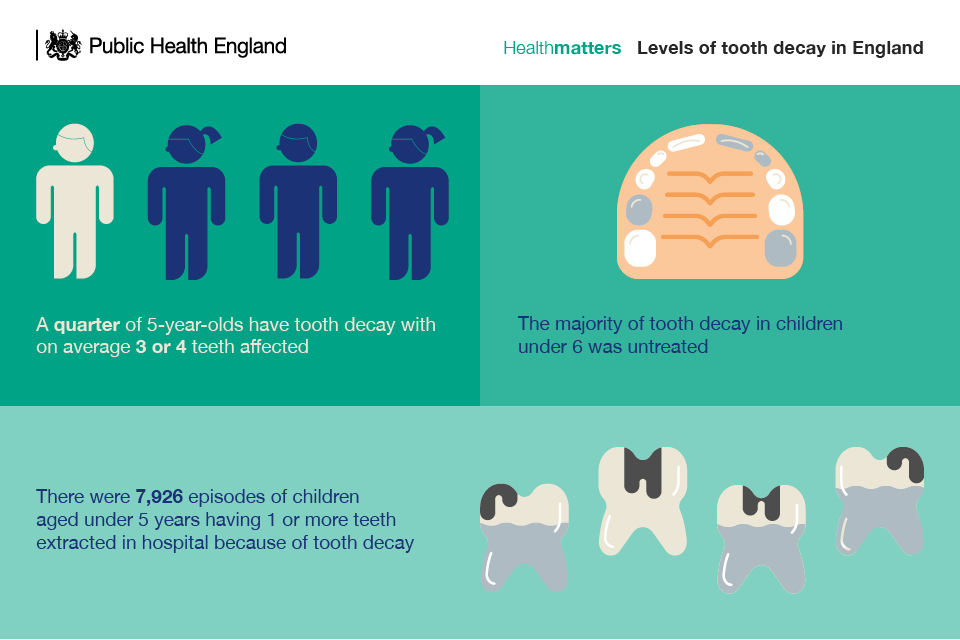The Next Period Of Dental Surgery: Breakthrough Innovations And Advancements Reshaping The Specialized
The Next Period Of Dental Surgery: Breakthrough Innovations And Advancements Reshaping The Specialized
Blog Article
Material Author-Demir Guerra
Invite to the globe of dental surgery, where innovations and advances are shaping the future of the area! In this interesting realm, you'll witness the transformative power of robotics, the cutting-edge wonder of 3D printing, and the game-changing influence of minimally intrusive methods.
The future of oral surgery holds a guarantee of precision, efficiency, and enhanced client results. With the help of sophisticated robotics, cosmetic surgeons are able to do intricate treatments with higher precision and control.
3D printing technology is changing the development of oral implants and prosthetics, using tailored remedies that fit perfectly into each patient's distinct anatomy.
Additionally, minimally invasive techniques are lowering post-operative discomfort and healing time, permitting individuals to return to their daily lives faster.
Prepare to explore the exciting technologies and breakthroughs that are reshaping the landscape of oral surgery!
Improvements in Robotics
One significant improvement in dental surgery is using robot technology, which permits exact and effective surgical procedures. With the help of robot systems, oral specialists have the ability to do complex surgical treatments with improved precision, minimizing the threat of human mistake.
These robotic systems are geared up with innovative imaging innovation and accurate tools that allow specialists to navigate via intricate physiological structures easily. By making use of robot modern technology, cosmetic surgeons can achieve higher surgical precision, causing enhanced patient end results and faster recovery times.
On top of that, using robotics in oral surgery permits minimally intrusive procedures, minimizing the trauma to surrounding cells and promoting faster recovery.
3D Printing in Oral Surgery
To improve the area of oral surgery, you can check out the subtopic of 3D printing in dental surgery. This cutting-edge technology has the prospective to revolutionize the means dental cosmetic surgeons operate and treat patients. Below are dental cleanings and exams austin tx in which 3D printing is shaping the area:
- ** Customized Surgical Guides **: 3D printing allows for the creation of very precise and patient-specific medical guides, improving the precision and efficiency of procedures.
- ** Implant Prosthetics **: With 3D printing, oral cosmetic surgeons can produce tailored dental implant prosthetics that perfectly fit an individual's special anatomy, causing better end results and patient complete satisfaction.
- ** Bone Grafting **: 3D printing allows the production of patient-specific bone grafts, reducing the need for standard implanting strategies and improving healing and healing time.
- ** Education and learning and Training **: 3D printing can be used to create reasonable medical models for academic functions, enabling oral cosmetic surgeons to exercise complicated procedures prior to performing them on patients.
With its potential to enhance precision, customization, and training, 3D printing is an interesting growth in the field of oral surgery.
Minimally Invasive Techniques
To further advance the field of dental surgery, welcome the possibility of minimally invasive methods that can greatly profit both specialists and people alike.
Minimally intrusive strategies are revolutionizing the field by reducing surgical injury, reducing post-operative pain, and increasing the recuperation procedure. These strategies entail making use of smaller sized lacerations and specialized instruments to perform procedures with precision and performance.
By utilizing advanced dentista en austin , such as cone light beam calculated tomography (CBCT), doctors can accurately intend and perform surgeries with minimal invasiveness.
Additionally, the use of lasers in dental surgery enables exact tissue cutting and coagulation, resulting in decreased blood loss and reduced healing time.
With minimally invasive methods, individuals can experience faster healing, reduced scarring, and improved results, making it a necessary facet of the future of dental surgery.
Final thought
So, as you can see, the future of dental surgery is unbelievably appealing, with interesting developments and advances shaping the field.
From the innovations in robotics to making use of 3D printing and minimally invasive methods, dental specialists are changing the method they offer care.
While some might bother with the potential price connected with these advancements, it is necessary to remember that these technologies inevitably improve client results and lower recuperation time, making them well worth the financial investment in the long run.
